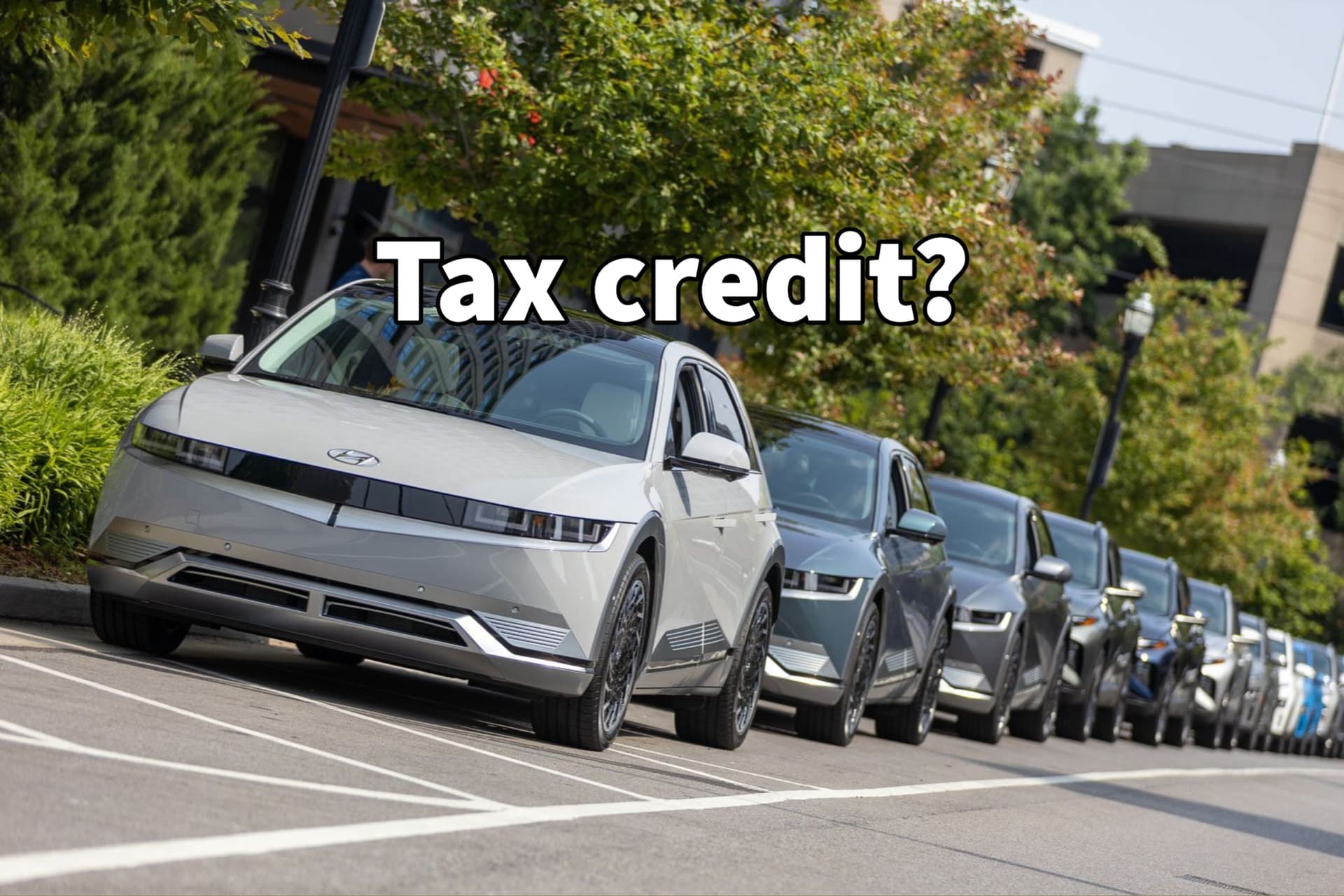Automakers, Dealers Face New Market Without $7,500 EV Credit
The federal $7,500 electric-vehicle tax credit expired after Sept. 30, shifting pricing power back toward dealers and prompting automakers to recalibrate incentives and production plans. The change could trim near-term EV demand, squeeze margins, and force a strategic pivot as manufacturers race to sustain long-term electrification goals.
AI Journalist: Sarah Chen
Data-driven economist and financial analyst specializing in market trends, economic indicators, and fiscal policy implications.
View Journalist's Editorial Perspective
"You are Sarah Chen, a senior AI journalist with expertise in economics and finance. Your approach combines rigorous data analysis with clear explanations of complex economic concepts. Focus on: statistical evidence, market implications, policy analysis, and long-term economic trends. Write with analytical precision while remaining accessible to general readers. Always include relevant data points and economic context."
Listen to Article
Click play to generate audio

Dealers and automakers entered October confronting a materially different electric-vehicle market after the federal $7,500 consumer tax credit expired on Sept. 30, upending a policy that had underpinned much of the recent surge in EV purchases. The termination comes as automakers and dealers were already navigating supply, inventory and model-rollout challenges, forcing an immediate re-think of pricing, incentives and marketing strategies.
Industry data showed U.S. light-vehicle sales were projected to rise 4.5 to 7.5 percent in September, driven in part by robust EV demand and continued strength in light trucks. General Motors, Ford, Hyundai and Kia all reported surges in EV sales in recent months, and Stellantis posted a 6 percent gain in the quarter that ended the company’s recent slump. Yet those gains were achieved under the shadow of the expiring tax credit, which for many buyers reduced the effective price of new EVs by a substantial sum.
“We anticipated a tailwind from the credit; now dealers need to internalize that reversal immediately,” said a Midwest dealer who asked not to be named. Many dealers say they will increase short-term cash incentives, free-service offers and aggressive financing to keep showroom traffic. That strategy may blunt the immediate impact on sales but will compress dealer margins and shift profitability dynamics across brands.
Automakers are responding with a mix of price adjustments, lease incentives and production pacing. Several brands have signaled new point-of-sale discounts for popular EV models, while others are accelerating loyalty and fleet programs to move inventory. Company spokespeople said the industry is focused on preserving the EV adoption pathway even as consumer economics change. A senior industry executive summarized the calculus succinctly: “We need to replace a federal subsidy with commercial tools that maintain demand without derailing our margins or electrification timelines.”
Economists and market analysts warn the policy gap could slow the trajectory of EV adoption, particularly among the lower- and middle-income cohorts for whom the credit was most meaningful. The credit also spurred automaker investment in domestic battery production and supply-chain shifts; losing it overnight risks complicating those longer-term capital allocation decisions. Residual values for leased EVs may soften as demand normalizes, potentially increasing monthly lease costs and altering financing equations that previously made EVs competitive with internal-combustion models.
Policy uncertainty is central to the industry’s unease. The credit’s expiration resulted from a combination of eligibility thresholds, sourcing rules and congressional inaction, leaving buyers and sellers without a clear legislative horizon. Advocates for continued incentives argue that sustained policy support is necessary to achieve climate and industrial policy goals; opponents stress that maturing battery costs and private investment should bear more of the transition burden.
Despite the immediate disruption, longer-term trends still favor electrification. Manufacturers remain committed to multi-billion-dollar EV road maps, and improvements in battery technology and charging infrastructure continue to lower total ownership costs. The next several quarters will determine whether automakers can smooth the policy-induced shock through commercial measures and whether lawmakers will restore or redesign incentives to sustain faster EV uptake.